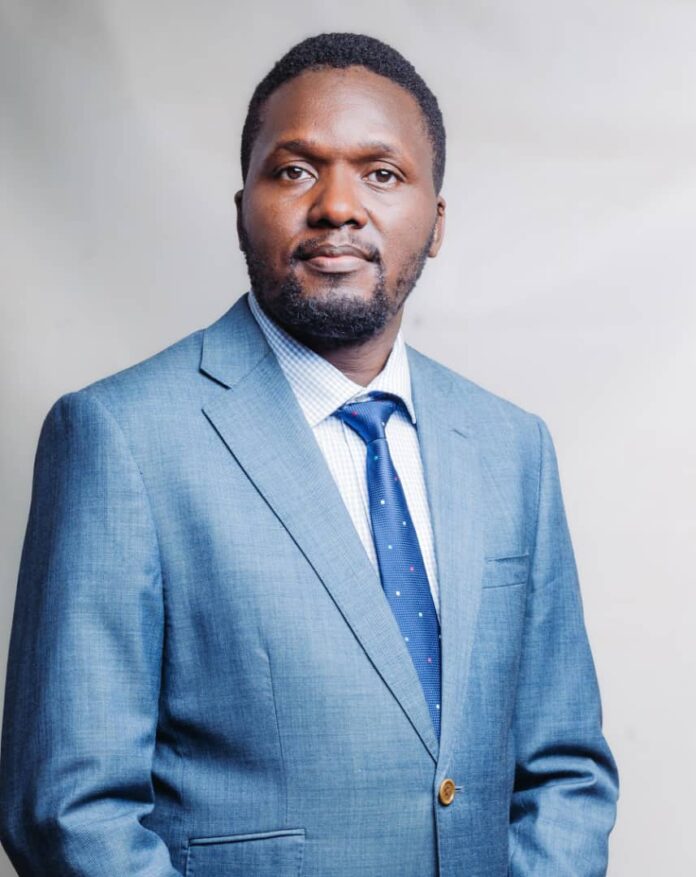By Jumbwike Sam
In King Leopold’s Ghost – a Sad Story of Greed, Terror, and Heroism in Colonial Africa, Adam Hochschild paints an 1897 picture of Edmund Dene Morel, a trusted employee of a Liverpool shipping line whose subsidiary has the monopoly of transporting all cargo to and from the Congo Free State, a huge territory in central Africa that is claimed as a personal property of King Leopold II of Belgium.
Because Morel speaks fluent French, his company occasionally sends him to Belgium to supervise the loading and unloading of ships on the Congo run. Although the officials he works with have been handling this shipping traffic for years without a second thought, Morel begins to notice things that unsettle him.
At the docks of the big port of Antwerp he sees his company’s ships arriving filled to the hatch covers with valuable cargoes of rubber and ivory. But when they cast off their hawsers to steam back to the Congo, what they carry is mostly army officers, firearms, and ammunition.
Morel concludes that there is no trade going on here, as little or nothing is being exchanged for the rubber and ivory. Meanwhile, European newspapers run a campaign praising King Leopold for investing his personal fortune to benefit the Africans.
He is revered throughout Europe as a charitable monarch who has welcomed Christian missionaries to his colony. It is also claimed that his troops have fought and defeated local slave-traders who have been disturbing the population.
Fast forward, it is 2025, and King Leopold’s former personal territory is still endowed with its vast resources that are of key interest to all the great powers. The eastern part of the country is a center of military tourism by armies of neighboring countries and combatants from the Democratic Forces for the Liberation of Rwanda, Allied Democratic Forces, Red Tabara and over 120 local armed groups. The mineral rich eastern region is a hub of insecurity, gender-based violence, illicit trafficking of natural resources and anarchy.
Three years earlier, the DRC had joined the East African Community with the hope of easing the political tensions with the member states under the principle of collective security. Indeed, the East African Heads of Government initiated the Nairobi Peace Process to resolve the anarchy in Eastern DRC with strategies of engaging the DRC Government, armed groups, civil society and the international community.
An East African Community Regional Force was mandated to disarm all the armed groups in eastern DRC. Ambitious Kenyan institutions like Equity Bank and KCB didn’t take long to exploit the new found opportunities and ventured into DRC’s financial sector. Relations with Rwanda seemed to normalize in the initial years of Tshisekedi’s presidency as Rwanda freely executed operations against the FDLR and RNC leading to the elimination of many purported genocidaires in FDLR.
Rwanda also ventured into DRC’s economic space by operating Rwandair flights to Kinshasa and acquiring stakes in the mining sector. Uganda’s construction company acquired a contract to build roads and mining contracts in Eastern DRC. Uganda also got lee way to conduct operation Shuja to eliminate the ADF rebels in DRC.
Unfortunately, the DRC government was not contented with the EACRF diplomatic approach towards the rebels as it preferred a more aggressive onslaught against the Rwanda backed M23. President Tshisekedi refused to renew the EACRF’s mandate and issued ultimatums for them to exit DRC just after 11 months.
In strategic wisdom, Tshisekedi discarded the EAC and turned to the Southern African Development Community with the hope that SAMDRIC would be more aggressive against his opponents. To the contrary, Rwanda backed M23 overwhelmed his forces and led to the exit for the SAMDRIC.Faced with imminent defeat, Tshisekedi ran to the west world for redemption with his country’s critical minerals as a bargaining hook.
The published letter from DRC’s Head of the Senate’s Committee on Defense, Security and Boarder Protection, Pierre Kanda Kalambayi, to the US Secretary of State Marco Rubio pleading for an urgent meeting between Trump and Tshisekedi to discuss a pact that would grant American companies exclusive access and operational control to some of the most coveted minerals for the energy transition in exchange for security assistance must have been received as a divinely sent miracle by the Trump administration.
DRC’s proposal of security for minerals was Trump’s biggest reliever from his trade wars with China, the failed peace deal for Ukraine and the Gaza crisis. The much-hyped peace deal between DRC and Rwanda that was brokered by Trump is reminiscent of King Leopold’s hyped charitable deeds for the Africans in the 1890s.
The western media is once again filled with voices praising Trump for his heroic efforts in bringing peace to the DRC, but as long as minerals are at the forefront of America’s interests, DRC is on a sure journey back to its old Congo Free state, but this time as a personal hunting ground for the US.
The US might guarantee regime survival in Kinshasa but won’t solve the ethnic tensions causing the mayhem in DRC. The US might get exclusive rights to the mineral in DRC but won’t be in position to the cross-border conflicts and terror cells that have attracted neighboring military interventions.
The millions of Congolese refugees languishing in East African countries can’t live meaningfully unless regional mechanisms are prioritized. Only the EAC has the will to ensure lasting peace in the DRC and should be at the forefront of the peace processes..



